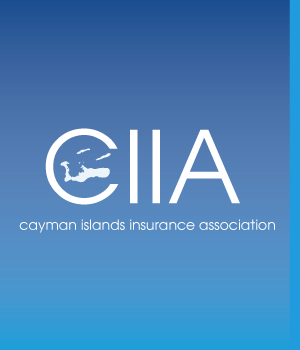Source: Business Insurance
Gloria Gonzalez July 15, 2019 Rising mass shooting events in the United States have resulted in increasing demand for active assailant insurance coverage and insurers are responding to that demand, according to a new report. Two hundred fifty active shootings took place between 2000-2017, with an escalating trend during that time frame, according to FBI data cited by the A.M. Best Co. Inc. in a special report published on Monday called Insurers Create New Types of Coverage for Mass Shooting Attacks. From 2000 to 2006, shooting incidents averaged 6.7 a year, jumping to 16.4 a year from 2007 to 2013, and then averaging 22 a year between 2014 and 2017. “Active shooter attacks differ from acts of terrorism, which typically target specific buildings or locations and trigger coverage from traditional terrorism policies that require property damage for coverage to apply,” Best stated in the report. “The standard terrorism policy also requires that the motive be ideological, political or religious in nature, unlike active shooter attacks, for which the motive may be personal or unclear. The costs following an active shooter attack can be substantial, and some insureds do not realize that their policies do not cover active shooting incidents,” the report continued. “They may believe that this type of attack falls under terrorism coverage but it does not.” In addition, a property policy handles the physical damage of an altercation, but general liability sections do not clearly include or exclude active shooter incidents, which is “a concern for companies that are left footing a huge bill after this type of incident,” according to the report. “This gap in general liability policies, as well as marketplace demand, has provided insurers an opportunity to offer traditional named perils coverage for a new category of risk,” the report stated. Insurers are seeing strong demand for active assailant policies, which have been around since 2011, but “have become more popular in the past three years, amid mounting anxieties about violent attacks,” Best stated. These new insurance policies define this type of attack more broadly than the typical definitions of terrorism and can cover physical damage, business interruption, legal liability, funeral expenses and death benefits for victims, and loss of attraction or brand rehabilitation expenses, according to the report. Common exclusions in active assailant policies include terrorism or coverage for casualties above a threshold limit – generally three to four – as well as potential employee exclusions, meaning guests or visitors at the insured location are covered, but not employees although employees can be included for a higher premium, according to the report.


